17 Songs That Defined the ’60s Counterculture

The 1960s were a time of rebellion, revolution, and radical change. From civil rights marches to anti-war protests, the decade gave rise to a powerful counterculture that challenged the status quo and reshaped society. At the heart of this movement was music—raw, emotional, and unfiltered. Artists became activists, and their songs became anthems for peace, freedom, and resistance. In this list, we’re revisiting 17 iconic tracks that didn’t just soundtrack the ’60s—they helped define an era. Whether you lived through it or are just discovering its legacy, these songs offer a glimpse into the soul of a generation that dared to dream differently.
“Blowin’ in the Wind” – Bob Dylan (1963)

Few songs captured the collective conscience of a restless generation quite like this folk classic. Instead of offering answers, Dylan posed rhetorical questions that echoed the frustration of a youth disillusioned by war and inequality.
With its poetic, almost biblical tone, it became an anthem for the Civil Rights Movement and anti-war protests alike. Dylan’s lyrics cut through the noise, asking things people were too afraid to voice aloud. “How many roads must a man walk down?” wasn’t just a question—it was a challenge.
“For What It’s Worth” – Buffalo Springfield (1966)
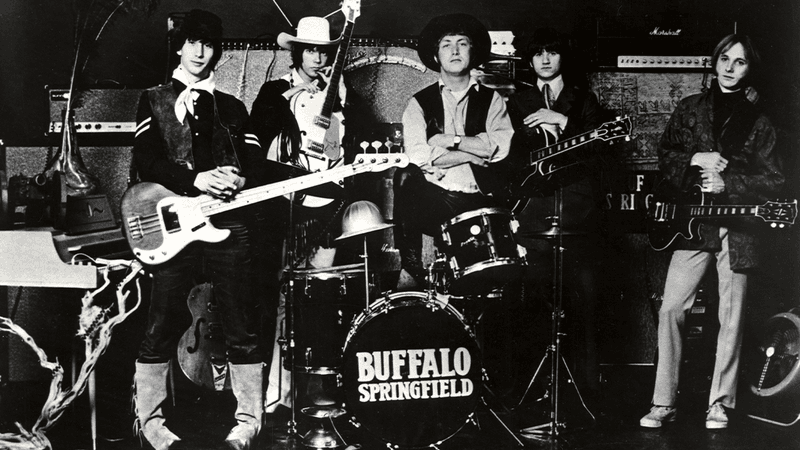
Lines like “There’s something happening here” spoke to a nation on edge. Inspired by clashes between police and youth in Los Angeles, this song quickly became symbolic of a broader resistance.
It’s haunting, subdued tone made it stand out from louder protest anthems. With Stephen Stills’ calm but urgent delivery, it communicated unrest without shouting. That restraint made its message all the more powerful.
“Eve of Destruction” – Barry McGuire (1965)
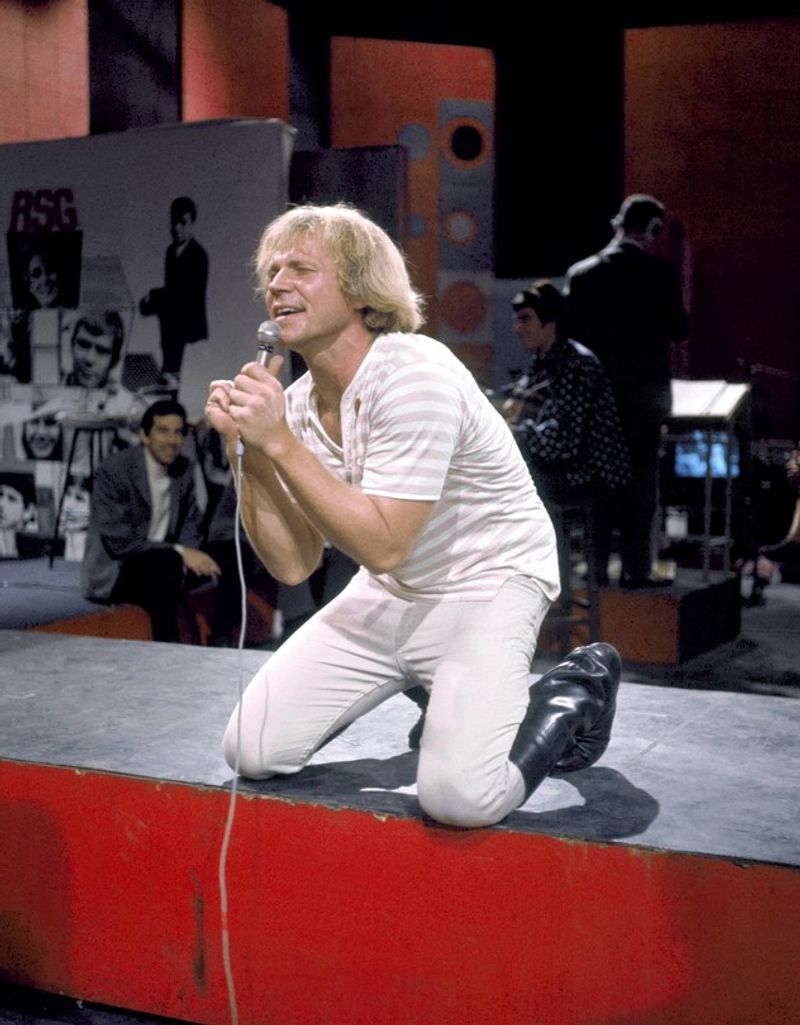
There’s no mistaking the rage in McGuire’s gravelly voice as he tears through a litany of global failures. From racial strife to nuclear dread, this song laid bare the chaos that haunted the decade.
Many found it too bleak, even controversial, but for those in the movement, it was honest. Its doomsday tone didn’t aim to comfort—it was a siren for change. The song remains a raw, unfiltered look at the darker side of the ’60s.
“Fortunate Son” – Creedence Clearwater Revival (1969)
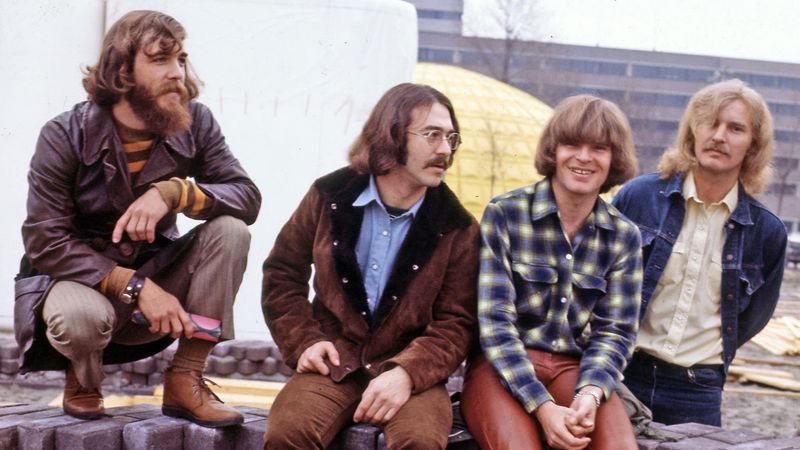
When John Fogerty belted out that he “ain’t no senator’s son,” it was a direct jab at the class divisions revealed by the Vietnam draft. This gritty anthem wasn’t about peace—it was about injustice.
Instead of preaching pacifism, it highlighted who fought America’s wars and who didn’t. Its swamp-rock grit paired perfectly with the fury beneath its lyrics. It’s one of the most class-conscious songs of the era—and one of the most enduring.
“Get Together” – The Youngbloods (1967)

Love and brotherhood are this song’s central themes, but its message carries deeper weight. In a time marked by riots and assassinations, it was a call for human connection.
“Come on people now, smile on your brother”—that line became a refrain at rallies and campuses. The song’s calm sincerity was its strength. It didn’t shout or demand; it gently urged unity. And in doing so, it moved hearts.
“White Rabbit” – Jefferson Airplane (1967)
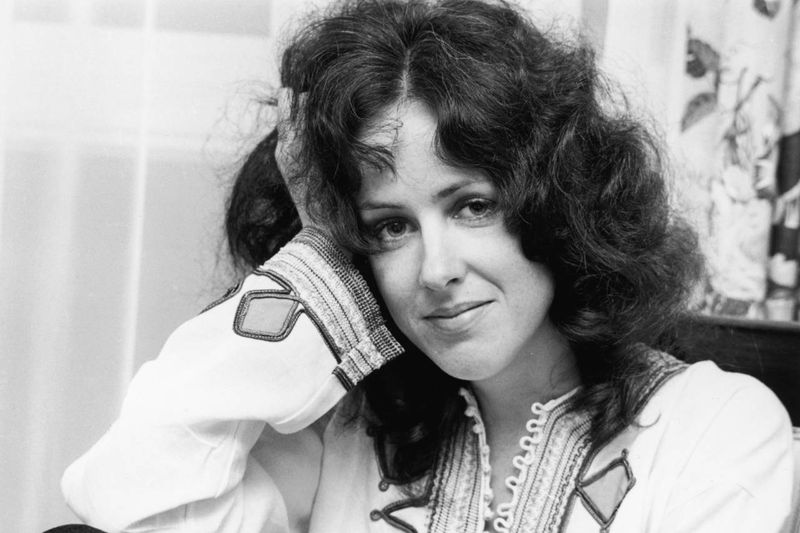
Grace Slick’s haunting vocals lead listeners down a psychedelic rabbit hole where logic gives way to imagination. Inspired by Lewis Carroll and laced with double meanings, the song became a drug-culture anthem.
But beneath the trippy surface was a deeper message: question authority. “Feed your head” was more than a nod to LSD—it was a plea to wake up, expand consciousness, and reject blind obedience. It’s artful rebellion at its finest.
“Purple Haze” – Jimi Hendrix (1967)
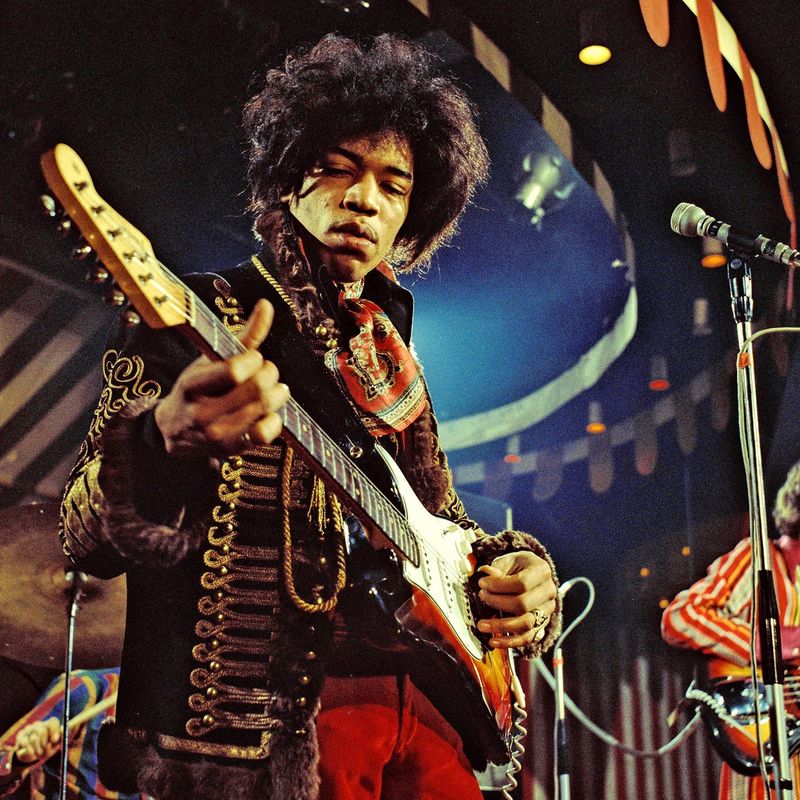
With its searing guitar and otherworldly lyrics, this song introduced a new kind of sound—and mindset. Hendrix didn’t just play music; he painted sonic landscapes that invited listeners to explore altered states.
The meaning of “Purple Haze” has long been debated, but that ambiguity only fueled its mystique. For many, it encapsulated the wild freedom and confusion of the era. Hendrix’s genius was more than technical—it was transcendental.
“Light My Fire” – The Doors (1967)
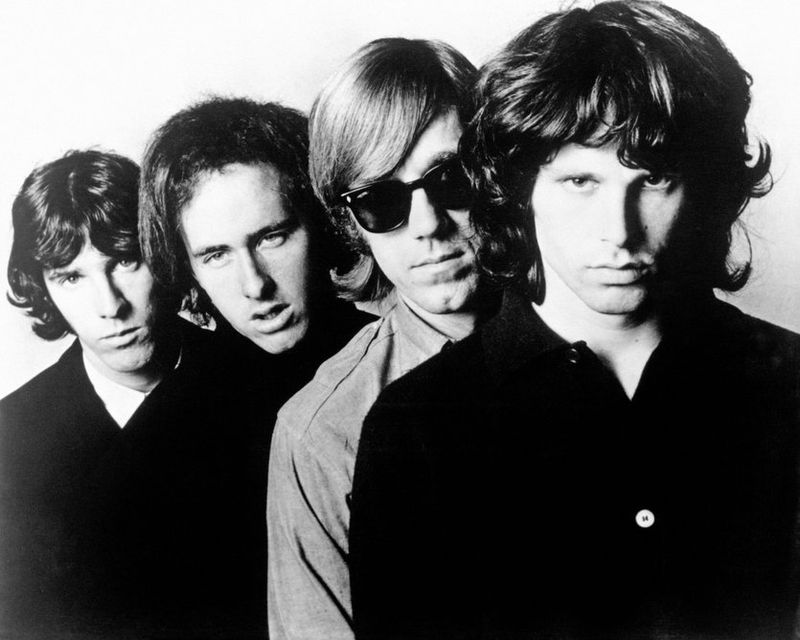
A blend of sexual energy, musical complexity, and poetic ambiguity, this song burned its way into the countercultural psyche. Jim Morrison wasn’t just a singer—he was a symbol of raw, untamed rebellion.
Its extended instrumental break broke radio norms and thrilled listeners seeking escape from pop conventions. The Doors weren’t asking for permission—they were lighting a fuse. And this track was the spark.
“Time Has Come Today” – The Chambers Brothers (1967)
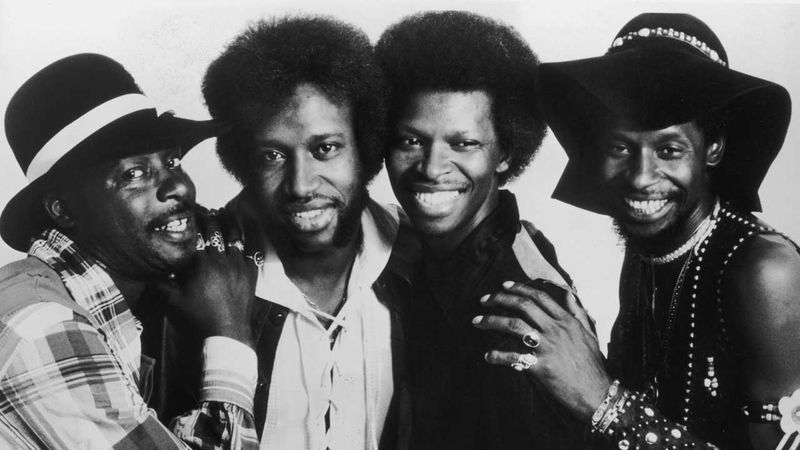
Clock chimes, echo effects, and a relentless rhythm made this track feel like a time bomb. The song’s title was more than catchy—it was prophetic.
At over 11 minutes in its full version, it abandoned radio-friendliness in favor of pure atmosphere. The lyrics speak to lost time, new beginnings, and transformation. It’s chaotic, sprawling, and impossible to ignore—much like the ’60s themselves.
“The Times They Are A-Changin’” – Bob Dylan (1964)
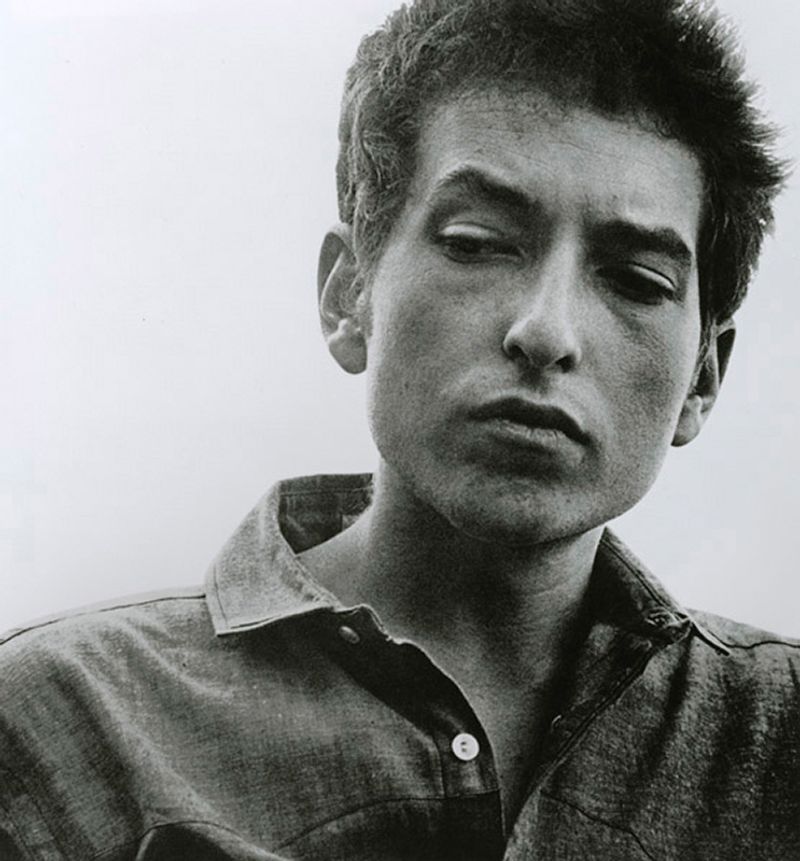
When Dylan issued this warning to senators, parents, and critics, he wasn’t just predicting change—he was commanding it. The song became a manifesto for the young and restless.
With just a guitar and harmonica, Dylan captured the urgency of a generation poised to take the reins. It was both a prophecy and a promise: adapt or be swept away. Few songs wore the weight of a movement so well.
“If I Had a Hammer” – Peter, Paul and Mary (1962)
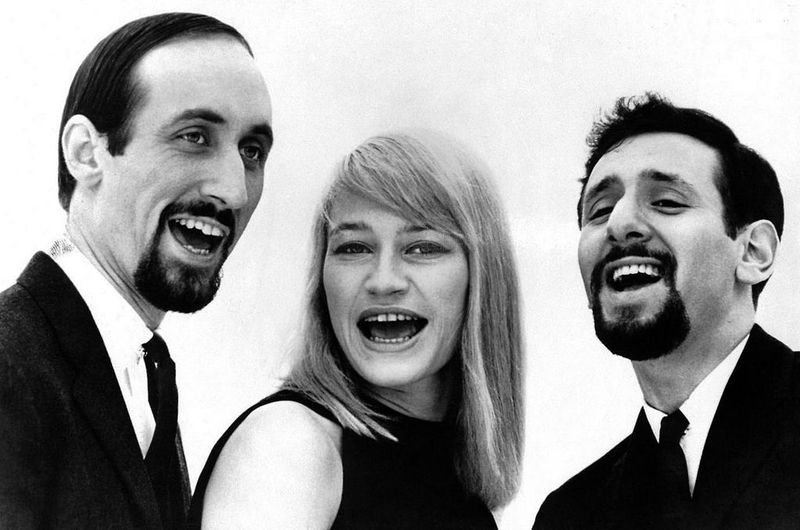
Hammering out justice, freedom, and love, this folk staple rang loud at rallies and marches. It wasn’t confrontational—it was empowering.
Its cheerful melody masked a powerful message of change. The trio’s harmonies made it feel like a communal chant, something everyone could sing. It united people not through anger, but through shared hope and purpose.
“A Change Is Gonna Come” – Sam Cooke (1964)
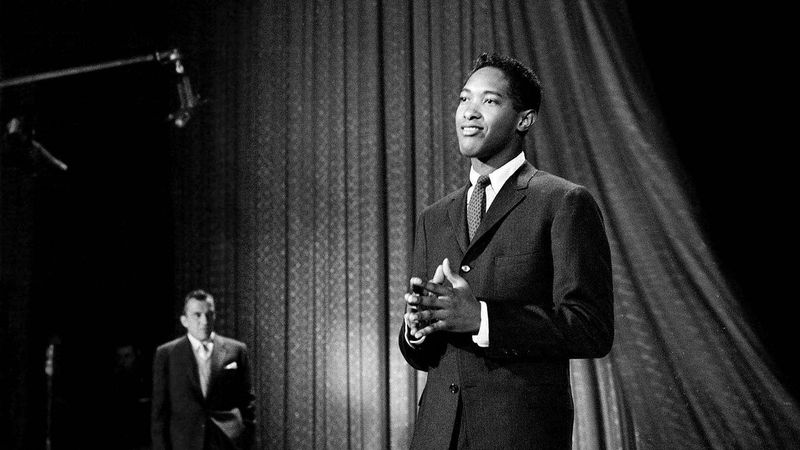
Inspired by personal injustice and national unrest, Cooke’s soulful ballad became a beacon for the Civil Rights Movement. With aching vocals, he told the story of Black struggle and perseverance.
Unlike angrier protest songs, this one offered dignity and hope. “It’s been a long time coming” hit hard in an era of sit-ins and marches. Cooke’s voice gave pain beauty—and made change feel possible.
“I-Feel-Like-I’m-Fixin’-to-Die Rag” – Country Joe & The Fish (1967)
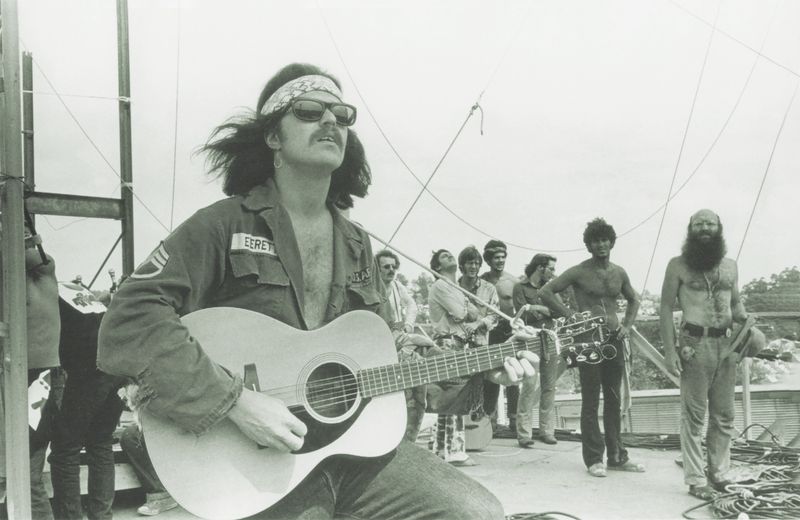
With its mocking tone and sing-along chorus, this song took sarcastic aim at the Vietnam War. Country Joe famously performed it at Woodstock, flipping protest into satire.
Its biting lyrics—“Be the first one on your block to have your boy come home in a box”—shocked and amused. It made anti-war sentiment feel rebellious and irreverent, reflecting a generation fed up with empty patriotism.
“Piece of My Heart” – Janis Joplin (1968)
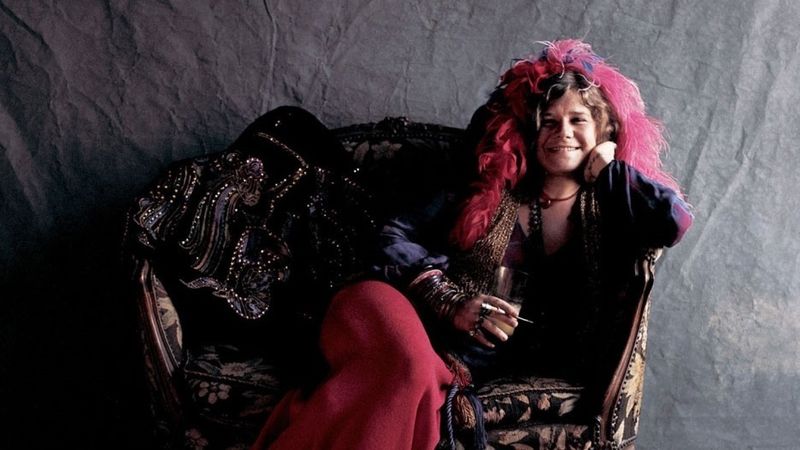
Janis didn’t just sing this song—she lived it. Her gritty vocals gave it a soul-scorching authenticity that captured the vulnerability and fire of the ’60s woman.
While often read as a heartbreak song, it was also about empowerment. Janis broke molds, not just notes. Her performance made this track a feminist anthem before its time—and a staple of Woodstock’s wailing heart.
“Somebody to Love” – Jefferson Airplane (1967)
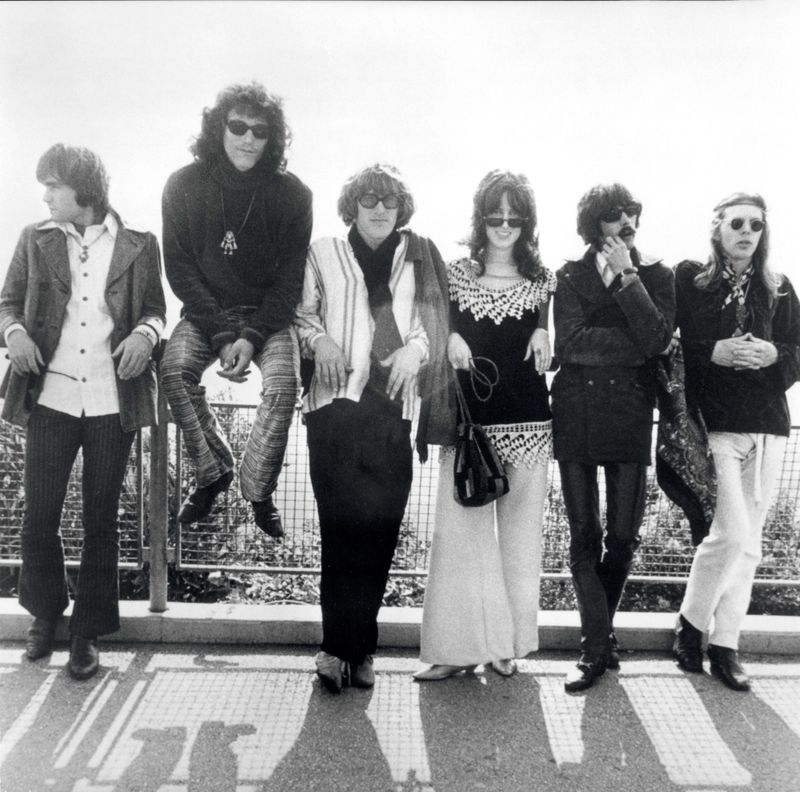
Fierce, urgent, and electrifying, this track pushed back against apathy and isolation. When Grace Slick commanded listeners to “find somebody to love,” it wasn’t just romantic—it was spiritual.
Born from the San Francisco scene, it embodied the chaos and passion of Haight-Ashbury. The song’s aggressive tone reminded people that love isn’t passive—it’s radical. And sometimes, it’s all you have.
“Turn! Turn! Turn!” – The Byrds (1965)
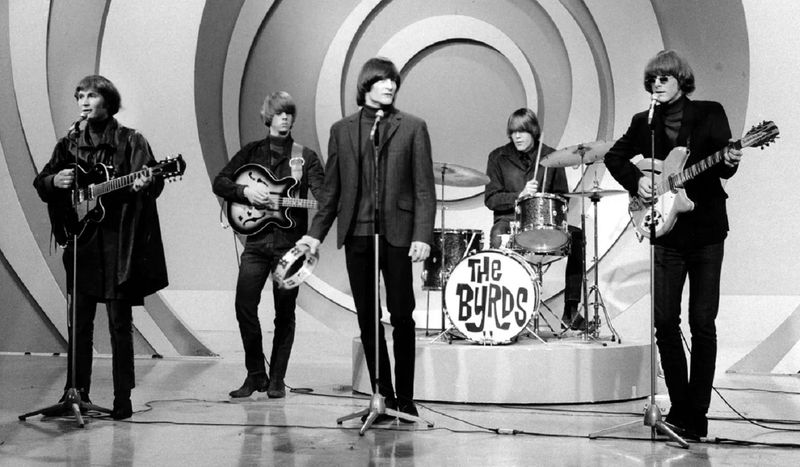
Adapted from the Bible’s Ecclesiastes, this folk-rock hit reminded listeners that life is cyclical—and that even war and pain have their season. Its harmonies made it sound like a lullaby for change.
In a decade of extremes, it offered balance. With jangly guitars and gentle vocals, it called for perspective, not panic. It’s a rare protest song that soothes even as it stirs.
“All Along the Watchtower” – Jimi Hendrix (1968)
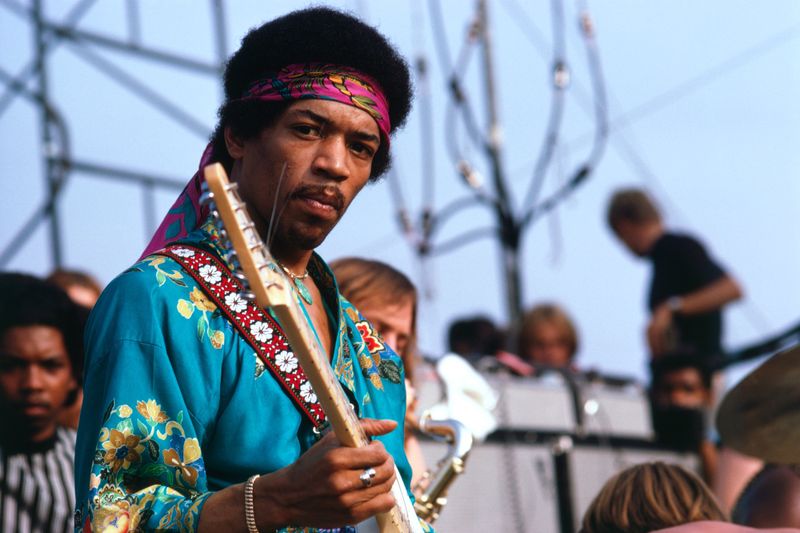
Dylan wrote it, but Hendrix made it immortal. His version of “Watchtower” turned poetic prophecy into electric fire, elevating the counterculture’s existential angst to epic scale.
With searing guitar solos and a stormy tone, Hendrix conveyed tension and urgency. The song doesn’t resolve—it spirals. And that open-endedness mirrors a generation still searching for answers.

Comments
Loading…